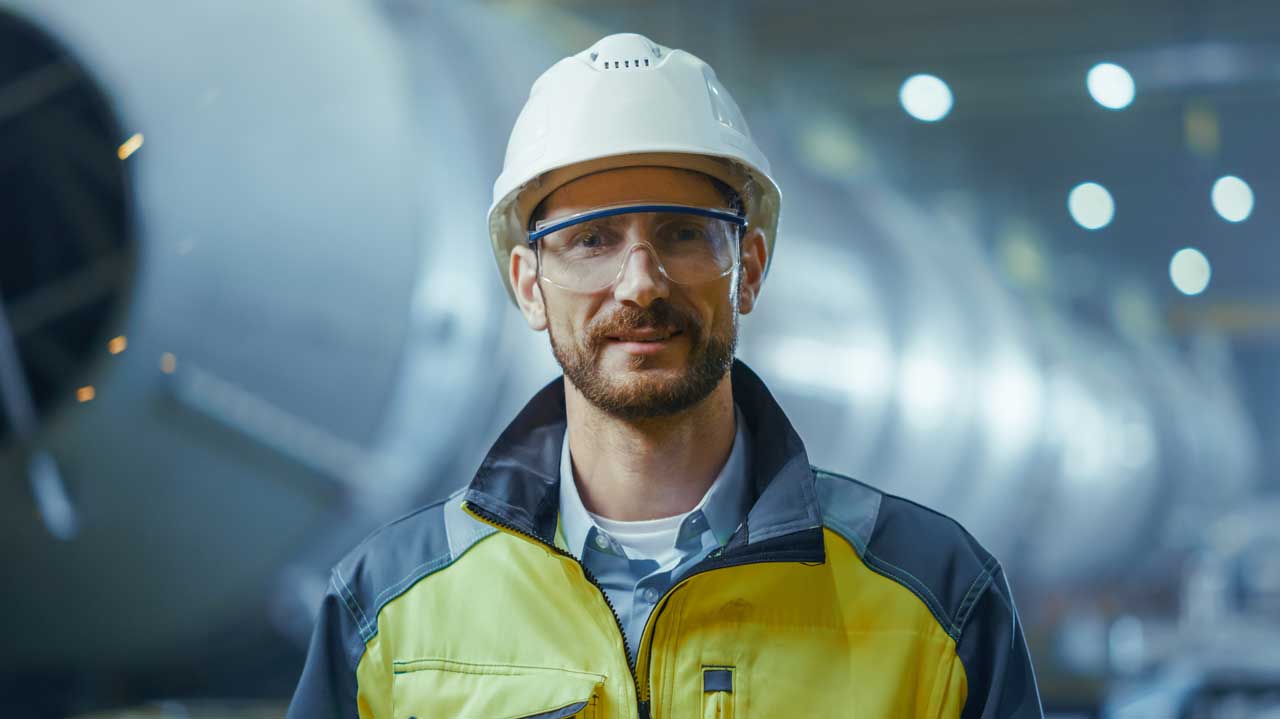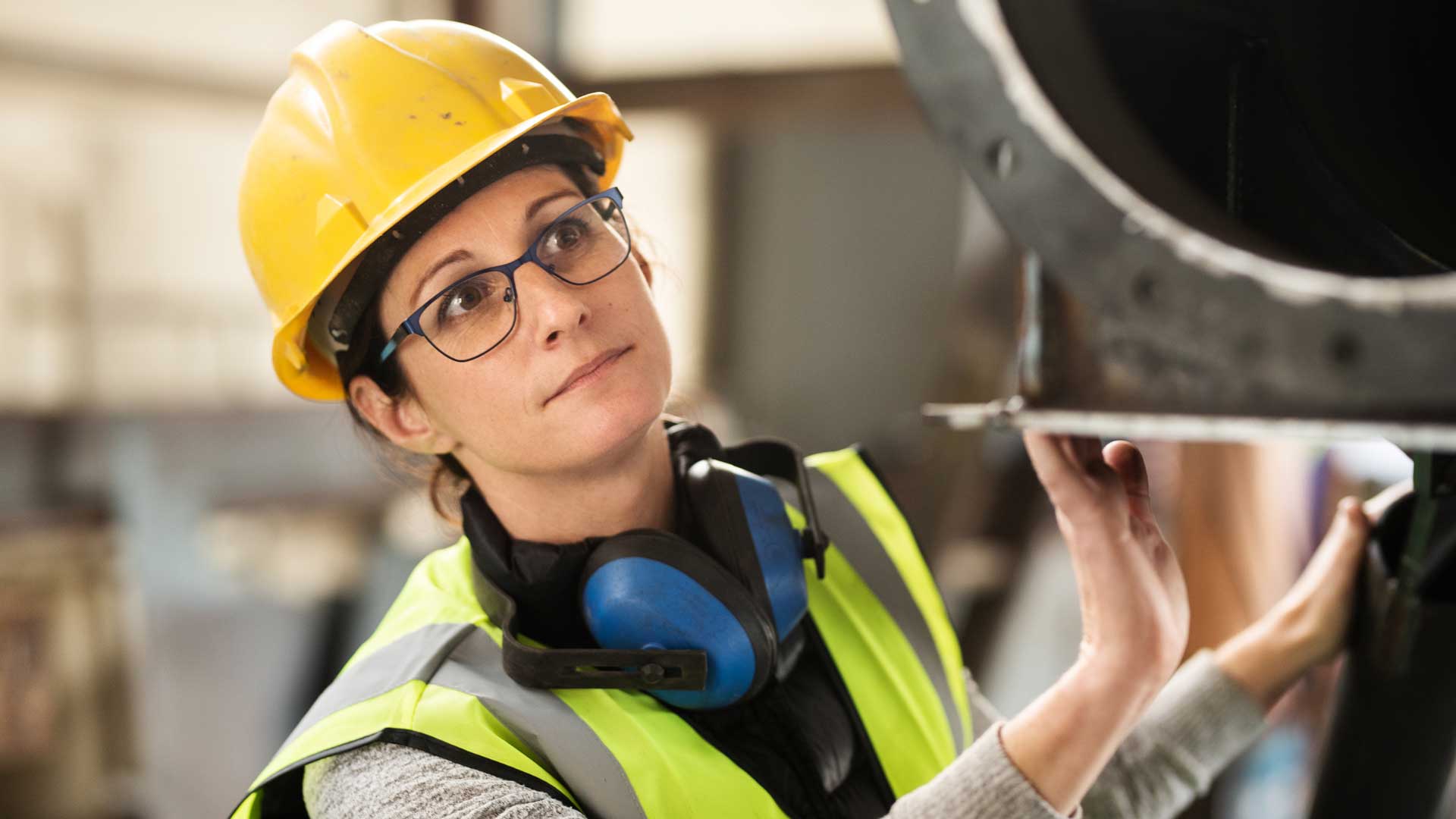Industrial Ergonomics: 5 Ways Work Positioners Improve Efficiency
Industrial ergonomics is becoming increasingly crucial for modern manufacturers striving to optimize productivity. At Ergotronix, we’ve seen firsthand how carefully designed workstations can transform operations. Work positioners, in particular, deliver surprising advantages that go well beyond reducing repetitive strain. What do you need to know?
Why Work Positioners Are Critical for Industrial Efficiency
Work positioners allow employees to adjust the height, tilt, and orientation of heavy or awkward items with minimal exertion. This reduction in handling alleviates strain on muscles and joints, directly cutting down the risk of workplace injuries. By manually or through partially automating material movements, manufacturers can streamline workflows and minimize downtime. The result is a safer, faster, and more cost-effective approach to production.
Understanding the Role of Ergonomics in Manufacturing
The concept of industrial ergonomics extends beyond simply making tasks more comfortable. A well-designed ergonomic environment reduces workplace injuries, which in turn translates to fewer lost workdays and lower compensation costs. In manufacturing settings, where repetitive tasks are common, ergonomics can play a pivotal role in maintaining a consistent output.
Furthermore, ergonomics addresses key inefficiencies that often go unnoticed in fast-paced production lines. Simple improvements, such as adjustable workstations or specialized tools, can significantly cut down on wasted motion and rework. Over time, even small tweaks compound to deliver substantial gains in efficiency.
The Hidden Costs of Inefficient Workstations
- Increased Injury Rates: Repetitive or awkward motions put employees at a higher risk of musculoskeletal disorders. Over time, these injuries can result in chronic pain and lost productivity.
- Lower Productivity: When workstations aren’t optimized, employees spend extra time adjusting their positions or searching for tools. This delay accumulates, slowing overall output.
- Higher Turnover: Workers who experience discomfort on the job may seek opportunities elsewhere. Frequent turnover disrupts team continuity and demands continual training of new hires.
- Rising Insurance and Compensation Costs: Workplace injuries often lead to increased insurance premiums and potential legal fees. These expenses eat into profits and limit funds for other investments.
- Poor Quality Control: Strained or fatigued employees are more prone to errors. Overlooked mistakes can lead to rework, product returns, and diminished brand reputation.
1. Enhancing Worker Safety and Reducing Injury Risks
Work positioners excel at mitigating the physical toll on employees by reducing manual lifting, twisting, and bending. These devices can adapt to various work loads, shapes and sizes, making it simpler to handle products without risking strain. When workers are safer, morale naturally improves, and downtime from injuries decreases.
Adopting work positioners as part of an industrial ergonomics strategy sets a higher standard for workplace safety. Instead of reacting to injuries, facilities can preempt them by removing unnecessary physical exertion from critical tasks. This proactive model fosters a culture of well-being, where employees trust their employer to prioritize their health.
Work Positioners vs. Traditional Manual Handling
Traditional manual handling techniques often rely on brute strength or repetitive movement patterns. These methods expose workers to the risk of back injuries, muscle strains, and cumulative trauma disorders. When employees are frequently fatigued or injured, production can slow dramatically, and absenteeism can spike.
In contrast, work positioners allow staff to easily maneuver heavy or unwieldy objects with minimal physical force. Rather than manually lifting or repositioning items, operators can use mechanical or pneumatic features to achieve the desired orientation. This shift from labor-intensive to technology-assisted processes is a game-changer in reducing workplace hazards.
2. Improving Task Precision and Product Quality
When workers can position materials precisely, the margin for error decreases significantly. Work positioners give employees the flexibility to align parts or products at angles that are comfortable and conducive to accurate assembly. This improved controls also translates into lower defect rates, saving both time and resources on rework. In many cases, the initial investment in ergonomic equipment is offset by the reduction in scrap and returns.
From an operational standpoint, enhanced precision also enables higher quality standards to be met consistently. This reliability boosts customer satisfaction and can open the door to new markets or certifications that demand top-notch workmanship. Additionally, employees take pride in producing high-quality output, which further improves morale. By integrating advanced positioning technology, facilities create a positive cycle of efficiency and satisfaction.
How Multi-Axis Positioning Improves Accuracy
Multi-axis work positioners allow parts to be rotated, tilted, and turned in multiple directions. This flexibility ensures that workers can always find an optimal angle and position for tasks like welding, assembly, or inspection. As a result, they avoid awkward body positions that often lead to misalignment or uneven force application.
Moreover, these adaptable devices make it simpler to implement standardized workflows. Operators can quickly adjust settings to match precise specifications for each product batch. This repeatability eliminates variations that might otherwise arise from manual handling.
3. Increasing Production Speed Without Sacrificing Safety
In manufacturing, speed is essential, yet it must never compromise employee well-being. Well-chosen ergonomic equipment empowers operators to work faster without pushing their bodies beyond safe limits. By automating certain tasks or minimizing unnecessary physical strain, facilities can achieve impressive production rates. Over time, this balanced approach fosters continuous growth while safeguarding workers’ long-term health.
Work positioners specifically help streamline processes that would otherwise require multiple steps or manual muscle exertion. By cutting down on physical fatigue, they allow employees to sustain a quicker pace throughout their shifts. While some might assume speed and safety are at odds, industrial ergonomics proves they can, in fact, complement each other.
Eliminating Unnecessary Worker Movements
Reducing repetitive lifting, bending, or stretching not only minimizes injury risk but also shortens cycle times. Work positioners can be strategically placed to bring items directly into an optimal reach zone. When employees waste less energy on non-value-added motions, their overall productivity and focus improve. As tasks become more efficient, your facility benefits from shorter lead times and reduced labor costs.
4. Enhancing Employee Morale and Job Satisfaction
A comfortable, well-equipped workplace has a direct effect on employee happiness. When workers feel supported, they’re more likely to remain engaged and enthusiastic about their roles. This boost in morale often translates into better collaboration, fewer conflicts, and an overall sense of unity. Companies that prioritize industrial ergonomics also find it easier to attract and retain skilled staff as word spreads about the positive working environment.
In turn, lower turnover rates reduce recruitment and training costs, which benefits the bottom line. Over time, a culture of caring can become a key differentiator in a competitive market.
How an Ergonomic Workplace Boosts Engagement
- Reduced Physical Discomfort: When workers experience less fatigue and pain, they can focus more on their tasks and less on coping with discomfort. This leads to sustained performance throughout the day.
- Better Mental Health: Alleviating unnecessary strain helps lower stress levels. Employees in supportive environments are more resilient and adapt better to workplace challenges.
- Higher Attendance Rates: Fewer injuries and less burnout translate to reduced absenteeism. Consistent staffing supports stable workflows and clear communication across teams.
- Promotional Opportunities: Workers who feel valued often remain in the company long-term, building specialized skills. This creates a talent pipeline for leadership roles and fosters internal growth.
- Positive Peer Influence: Engaged employees set a constructive tone for new hires. A thriving culture encourages healthy competition and mutual respect among team members.
5. Customizing Workflows for Maximum Efficiency
Work positioners aren’t one-size-fits-all; they can be tailored to match specific tasks, item weights, and facility layouts. This customization boosts efficiency by ensuring that each workstation meets exact operational demands. and support evolving production goals.
By fine-tuning workflows to accommodate unique processes, companies gain a significant edge over competitors sticking to generic equipment. Customization also assures that each work station can be optimized for speed and accuracy. In many cases, continuous improvement initiatives reveal new ways to leverage work positioners, leading to incremental gains over time.
Work Positioners Adapt to Various Industrial Applications
Modern work positioners cater to a range of industries, from automotive to aerospace. Their ability to handle varied payloads and accommodate different work positions makes them versatile tools for assembly, inspection, and other critical tasks. In sectors where precision is paramount, multi-axis models enable the exact alignment of delicate parts. Even heavy-duty processes benefit from robust, motorized or programmable work positioners that can handle substantial weight without compromising operator safety.
Call Ergotronix for Help With Your Industrial Ergonomics
At Ergotronix, we’ve dedicated our expertise to helping manufacturers unlock the full potential of industrial ergonomics. Our team specializes in recommending the most effective work positioners tailored to your specific operations. We’ll guide you through implementation to ensure a seamless, cost-effective transition. Contact us today to learn how our ergonomic solutions can transform your facility’s safety, speed, and overall productivity.



